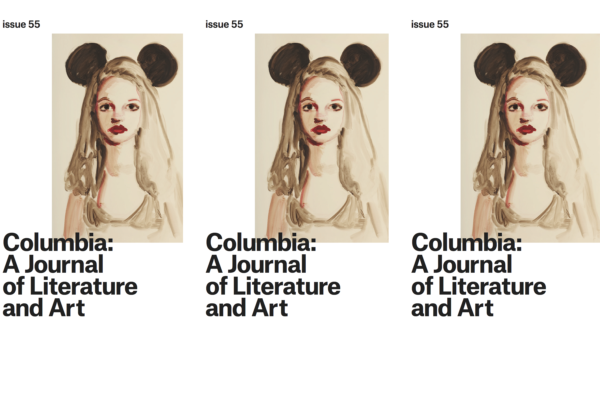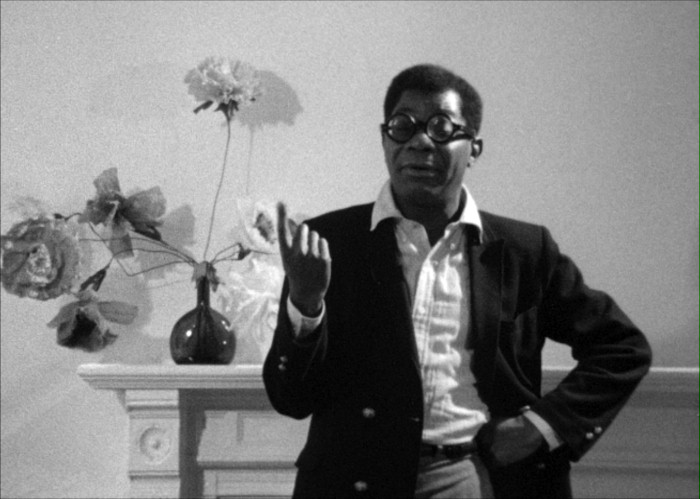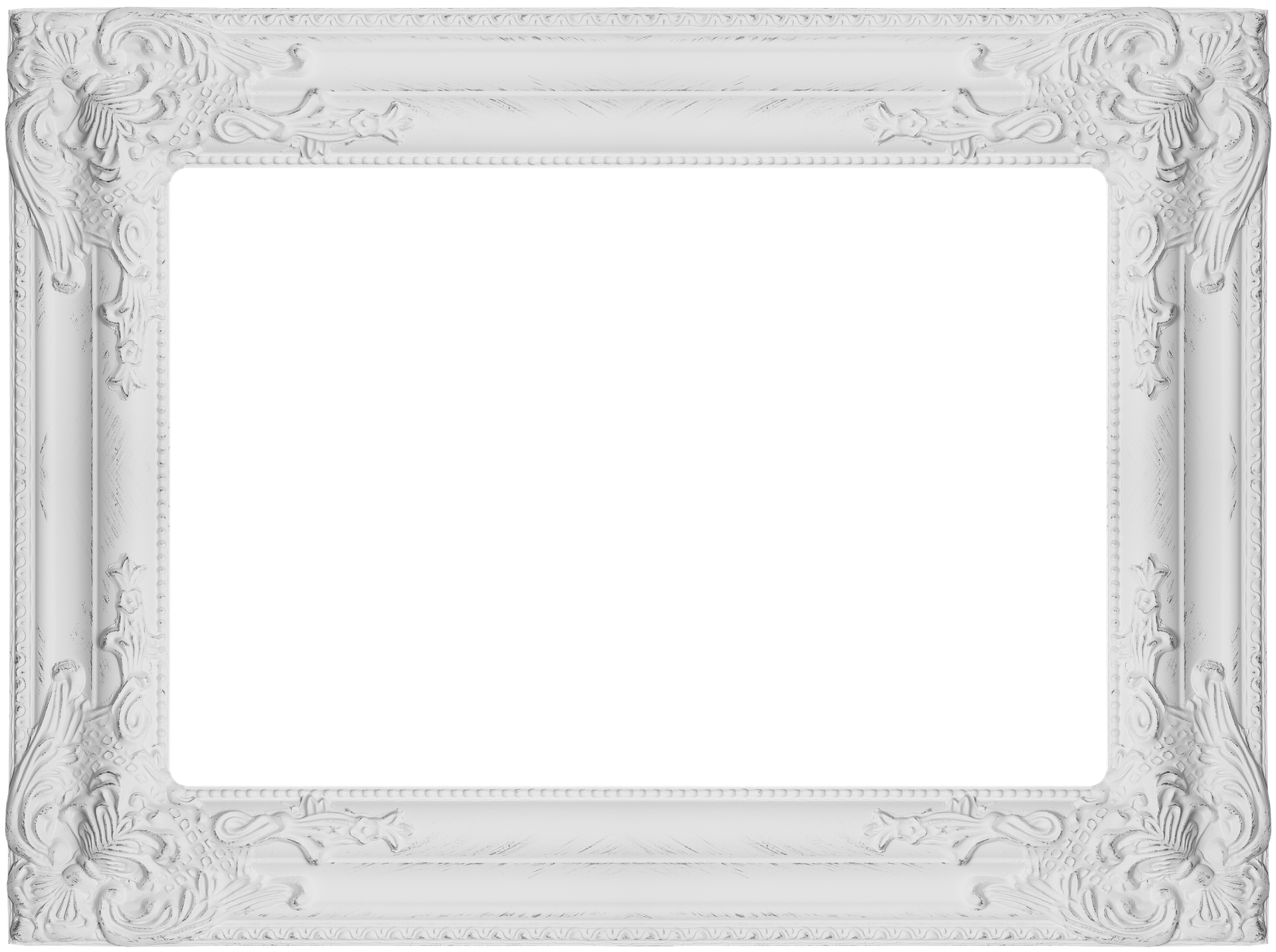We’re delighted to announce the new print issue of Columbia: A Journal of Literature and Art. Featuring fiction by Ottessa Moshfegh, poetry by Micheal Earl Craig and Brenda Hillman, translations of Eka Kurniawan and Pablo Neruda, and art by Vladimir Nabokov, this issue is one of our finest yet. The journal team thanks its many editors and staff members, the Columbia Writing Program faculty, our Winter Contest judges—Eula Biss (nonfiction), Roxane Gay (fiction), and Mary Ruefle (poetry)—and, of course, our readers for all their support and encouragement. For more about this issue, read our Editor’s Note below. To purchase the issue, visit our Subscription page.
Editor’s Note
In 1915, not long after the outbreak of World War I, H.G. Wells published a novel called Boon whose express purpose was to satirize the work of Henry James. In a memorable passage, the novel suggests that reading The Master is akin to watching a hippopotamus pick up a pea. Wells elaborated on his critique in a letter to James, who for all their aesthetic differences he considered a friend: “To you literature like painting is an end,” he wrote, “to me literature like architecture is a means, it has a use.” Use? In a reply, James defended his work and, in so doing, advanced his own idea literature, one centered on its capacity not to effect change in the world but to persuade us to pay the world greater attention. In closing this issue of Columbia: A Journal of Literature and Art, I can think of no better articulation of literature and its so-called use: “So far from that of literature being irrelevant to the literary report upon life, and to its being made as interesting as possible,” James wrote, “I regard it as relevant in a degree that leaves everything else behind. It is art that makes life, makes interest, makes importance, for our consideration and application of these things, and I know of no substitute whatever for the force and beauty of its process.”
Recent events on the world stage have many of us wondering what we ought to expect our art to do. Disrupt? Blockade? Engender empathy? No one story or poem or essay or painting contained in this issue does anything so simple. If one were to attempt to say what the contents herein do—the sheer multifariousness of the work makes that, of course, a happily difficult task—one might say, to borrow James’s phrasing, that they make life, make interest, make importance. Here, clear-eyed photographs of displaced Palestinians live alongside a surrealist story about suburban class tensions; essays on domestic violence and digital memory converse with paintings of pop stars and dictators in their youth; and hypnotic poems examining intimacy and terror meet accounts of prison life and military redeployment. Throughout, the hand of history presses heavily: Familial mysteries are plumbed but not resolved; migrations recounted; the wounds of wars past and current undressed. In the face of such subtle and intelligent work, the question of use becomes almost irrelevant. The value of the art and literature our staff has had the great honor of publishing this year lies, simply, in the attention it pays to the world, and in the attention it demands from us.
Sincerely,
Daniel Lefferts
Editor-in-Chief, Columbia: A Journal of Literature and Art, Issue 55





